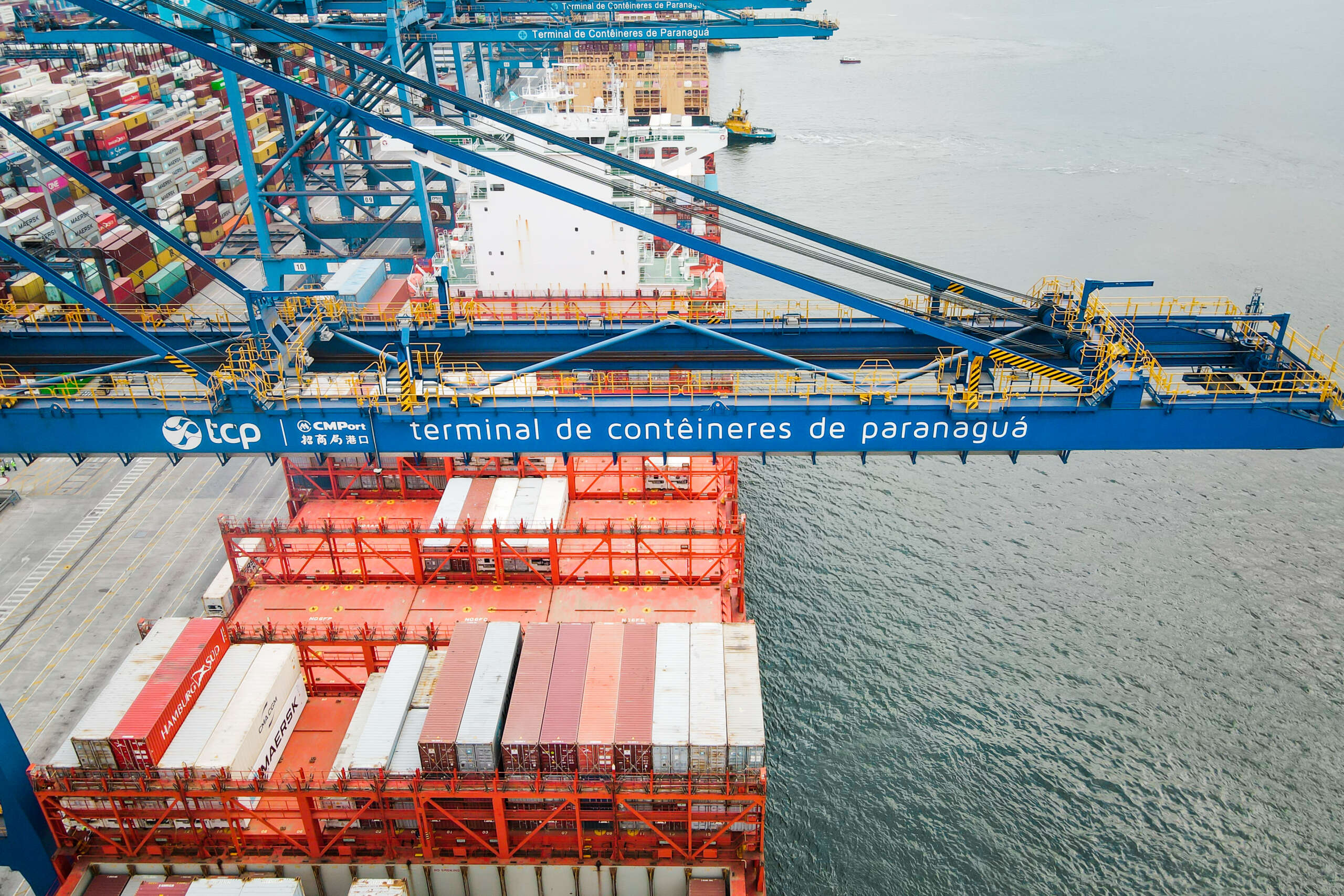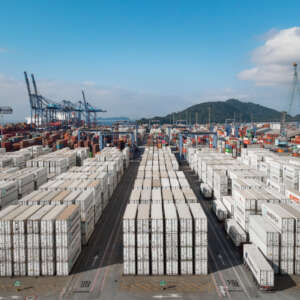Several projects seek to expand the potential for cargo handling in the state, which had a historical record in the first half of 2021
Paraná had a historical record in cargo handling in the first half of 2021. The ports of Paranaguá and Antonina registered a volume of 29,081,691 tons of transported products. The data are from the Ministry of Economy. Even so, Paraná’s industry still faces logistical bottlenecks to ship its production, such as the lack of rail infrastructure. The scenario should change with the future extension of the Southern Railway and the construction of Nova Ferroeste, which will bring new rails to producing regions and includes works at Paranaguá Port. “With the growth forecast for the ports, the railway modal needs to be improved to avoid a collapse in the roads”, points out João Arthur Mohr, manager of Strategic Issues of the Fiep System. The entity actively participates in discussions about the future of logistics in Paraná within the G7.
Logistic costs and competitiveness
Currently, Paraná concentrates 70% of the Gross Domestic Product (GDP) of South America within a radius of 1,000 km, including states in the South, Southeast, Center-West and neighboring countries such as Uruguay, Paraguay, Argentina and Bolivia. With the New Ferroeste, the state will become a logistical hub to drain production both internally and externally. “It is no use having a strong productive sector, a high capacity port, if we do not provide conditions for growth. The railroad will play this role”, says Luiz Henrique Fagundes, coordinator of the work group of the State Railroad Plan. There will be 1,285 km of new stretches, connecting Paraná to Mato Grosso do Sul and connecting the state’s productive regions to the port.
The expansion of the railroad modal should reduce the industry’s logistics costs by 28% and promote gains for the surrounding communities – the working group estimates that the New Raileste will benefit nine million people in 427 municipalities, generating jobs, income and development. The route starts in Maracaju, in Mato Grosso do Sul, where it connects to the Brazilian West Network, passes through Guaíra, Cascavel and reaches the Port of Paranaguá, with a branch line between Cascavel and Foz do Iguaçu. In Balsa Nova, it connects to the South Network. “We have to be connected to the national railway network. Most of the productive sector is in the west of the country, far from the port. There is a need to create an input corridor for internal consumption, such as corn and soybean”, points Fagundes.
Changes in port logistics
The results in the cargo movement of the Ports of Paraná, a complex that includes Paranaguá and Antonina, should continue to grow in the next few years. The National Port Logistics Plan projects that by 2030 the volume of cargo handled should be 60 million, a figure that is very close to being reached as early as 2022, showing that the projections will be reached eight years earlier than initially forecast. Since 2019, the Paranaguá Container Terminal (TCP) has already been expanding the flow capacity in its facilities, with the inauguration of the largest port terminal in the country, which increased the operating potential by 66%. The investments continue, with a forecast of R$ 548 million in improvements that will be executed until 2048.
In the face of this, the Port of Paranaguá needs to prepare itself to receive a large increase in the flow of containers and it will be necessary to match the growing flow of bulk arriving by rail with the port’s unloading capacity. “In the current model, the trainsets need to be dismembered and the wagons are destined for different terminals. This generates many maneuvers and congestion in the city of Paranaguá,” points out the manager of Strategic Affairs of the Fiep System, João Arthur Mohr.
One of the ongoing projects in the port sector is the creation of the Guará Port, managed by the private sector, neighboring the Public Port of Paranaguá, which includes the construction of a railroad pear, with a single unloading point. The projection is to dispose of 35 million tons of cargo handled by rail: “This will only be possible because the planning of the whole new port enterprise looked first at the highway, then at the railroad, and finally at the port,” points out the port sector consultant, Luiz Dividino. Another project, also in Paranaguá and of private initiative, is the so-called New Port, which is in the phase of projects and obtaining licenses to authorize its implementation.
Source: Fiep System



